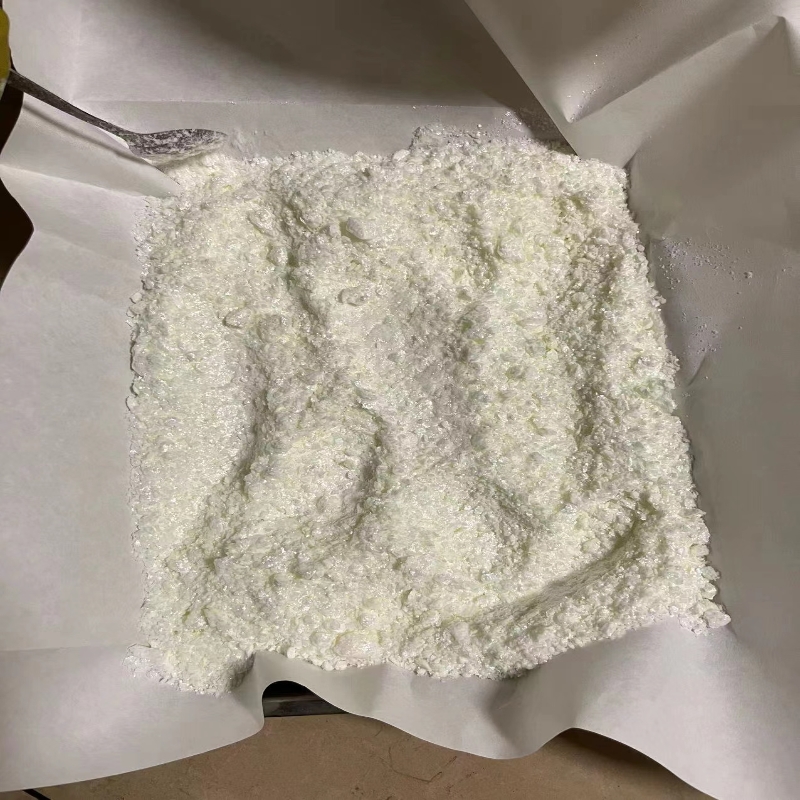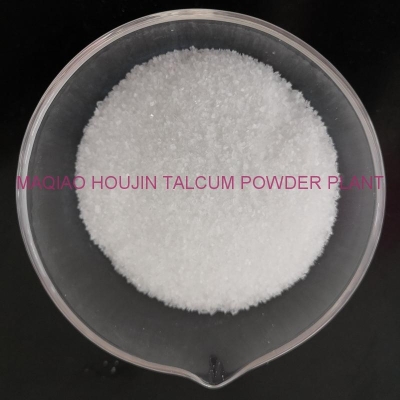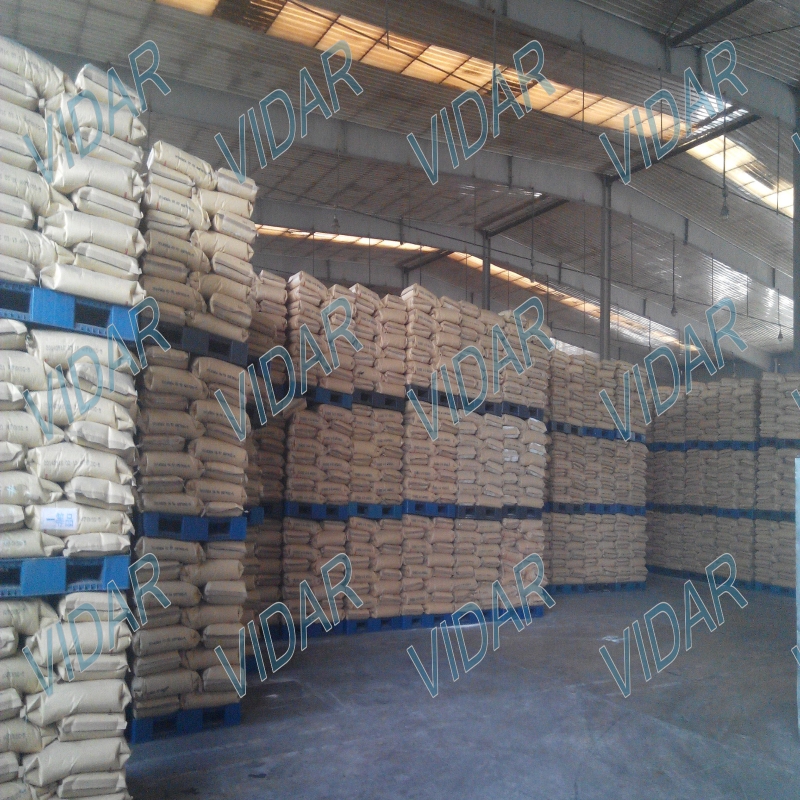-
Categories
-
Pharmaceutical Intermediates
-
Active Pharmaceutical Ingredients
-
Food Additives
- Industrial Coatings
- Agrochemicals
- Dyes and Pigments
- Surfactant
- Flavors and Fragrances
- Chemical Reagents
- Catalyst and Auxiliary
- Natural Products
- Inorganic Chemistry
-
Organic Chemistry
-
Biochemical Engineering
- Analytical Chemistry
-
Cosmetic Ingredient
- Water Treatment Chemical
-
Pharmaceutical Intermediates
Promotion
ECHEMI Mall
Wholesale
Weekly Price
Exhibition
News
-
Trade Service
Materialise recently released the industry-defining themes and trends and outlook for 2020
.
1.
Making 3D printing more sustainable
The influence of multinational corporations is growing, but with it comes greater responsibility
.
From a social and environmental perspective, 3D printing already offers businesses a more sustainable way of production
.
“3D printing can and needs to do more, through innovative ways to reduce its impact on society and the environment,
” said founder and CEO Fried Vancraen, “I am delighted to see more and more industry leaders recognize the This, and creating initiatives to reduce energy consumption, increase the use of recycled powder, and create future-proof workplaces
.
Looking ahead, the question we face is not "Is 3D printing a more sustainable manufacturing technology?" but "What can we do to make 3D printing more sustainable?"
2.
Opportunities brought about by uncertainty
Faced with an uncertain economic situation, manufacturing companies, especially those in industries that are more sensitive to demand fluctuations, will be more focused on reducing costs and avoiding risks
.
"It's different today
," said Jurgen Laudus, vice president and general manager of manufacturing.
3D printing is now being used in series production, such as for the housing of Hoya's vision simulator
Compared to traditional manufacturing techniques, 3D printing does not rely on economies of scale, and it requires very little start-up capital
.
As we face an uncertain economic situation, it is believed that more manufacturing companies will use 3D printing as a tool to reduce costs and avoid risks
.
3.
Lay the foundation for the application of artificial intelligence in additive manufacturing
Data is power
.
As 3D printing becomes more widely used and more sensors are used to better monitor the 3D printing process, we are collecting more data than ever before
.
But it's not enough to be able to collect data - we need to let data help decision-making
.
Artificial intelligence is an extremely powerful tool that can be used to process large amounts of data and derive insights that help decision-making
.
But to do that requires not just a lot of data, but a deep understanding of the 3D printing process
.
“Today, there are already examples of AI advancing 3D printing
,” said Stefaan Motte, vice president and general manager of the Software Division.
“But before AI can truly be applied to additive manufacturing, we need to better understand the processes that define the 3D printing process.
Lots of parameters and algorithms
.
This requires our continued investment in research, innovation and cross-industry collaboration
.
”
Only by truly understanding the 3D printing process and finding ways from the data to make it faster, more stable and more predictable can we truly unlock the full potential of AI in additive manufacturing
.
4.
A new atmosphere of innovation
3D printing has advanced in many ways in recent years: faster printers, more new materials, and more post-processing options
.
Now, we're seeing all these advancements come together into an exciting atmosphere of innovation
.
“This is great news for the 3D printing industry,
” said Innovation Director Kristel Van den Bergh.
“These advances not only allow us to enhance existing applications by improving production processes, but also inspire previously unimaginable or achievable applications.
Development of new applications
.
”
A good example is the new TPU material for mass customization
.
In previous years, we could print with TPU, but the printing process was very unstable, so it was difficult to scale it
.
Now, HP's MJF printers, BASF's new TPU materials and Materialise's knowledge of craftsmanship and design can come together perfectly to create new applications such as shoes, sports gear and safety equipment and bring them to scale
.
Advances in 3D printers, software and materials are creating fantastic opportunities
.
In previous years, consumers may not have known or cared about the manufacturing process behind the products they choose
.
Now, they are increasingly demanding performance, aesthetics, and are more actively involved in the personalization process
.
3D printing is the ideal way to achieve this
.
In the near future, people will be able to enjoy products never imagined before
.
5.
Automated post-processing of investments
As businesses scale up 3D printing, they will increasingly rely on automation
.
But the potential for expansion is limited by post-processing, especially when current post-processing is largely manual
.
Scaling up by simply adding people leads to increased cost and uncertainty, and doesn't guarantee reliability
.
The only way to scale up production is to automate post-processing
.
This is especially true in the case of mass customization
.
For personalized shoes, different customers may require different colors, which complicates the process
.
Moreover, the total output of what we currently call "mass customization" is still very low
.
“We believe it’s time to start automating post-processing,
” says CTO Bart Van der Schueren.
“At Materialise, we’ve been investing heavily in these processes
.
One of our most recent cases was the process of automating an entire clean production line in medical 3D printing.
automation to ensure the highest quality standards
.
”
According to CTO Bart Van der Schueren, an automated post-processing process similar to the Materialise medical 3D printing cleaning line ensures the highest quality standards
.
Fortunately, Industry 4.
0 and the greater automation capabilities it brings are creating entirely new ways to automate post-processing processes
.
This requires time, effort and more investment, and these investments will only pay off when 3D printing scales up
.
But the payoff is certain, so it’s critical to start investing in automated post-processing now
.
3D printing in 2020
3D printing in 2020 If I could only enter 2020 with one word, it would be 'sustainability'
.
The focus on sustainability is not just about the impact on the environment and society
.
Despite the uncertain economic situation ahead, 3D printing offers opportunities for businesses to achieve financial sustainability by producing end products, developing new applications, applying automated post-processing, and artificial intelligence
.
These trends will define our industry in 2020
.
"







